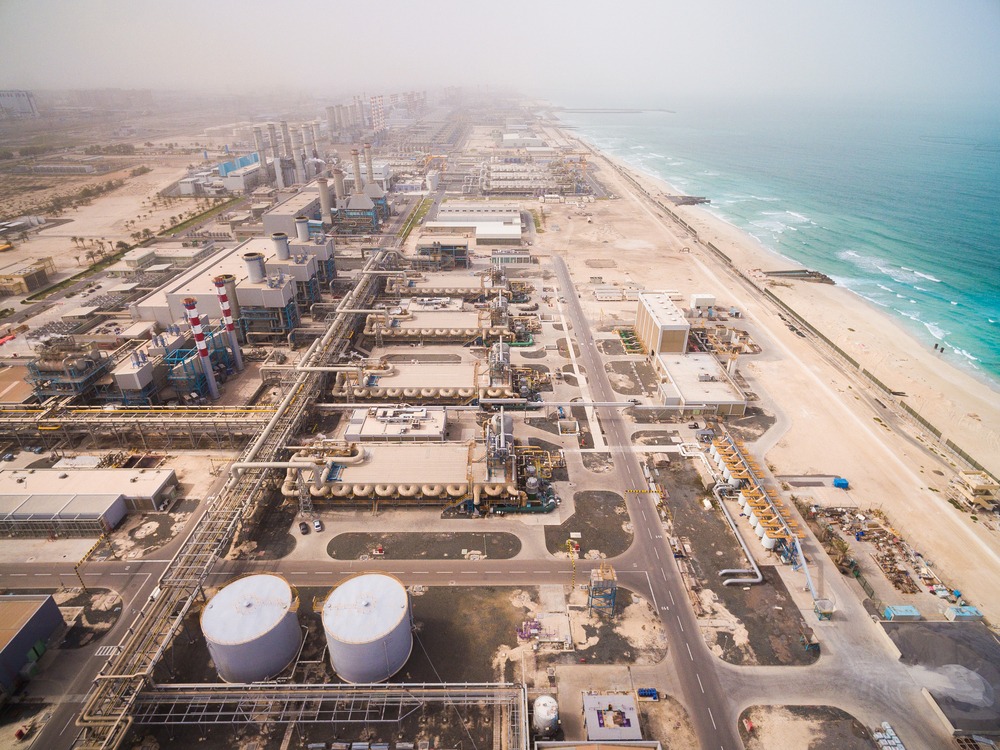Are you Seizing all the Digital Opportunities in your Oil and Gas Downstream Operations to Improve Profits?
Oil and Gas

April 15, 2020, 9:48 am
By Georges El Mir, Vice President Oil, Gas & Petrochemicals, Schneider Electric
Oil prices have been declining since reaching a record of almost $150/barrel over a decade ago (yes, prices were that high). The price volatility has caused, and continues to cause, a lot of distress across the value chain, reducing both CAPEX and OPEX in almost all companies in this industry.
We are in a vicious cycle when maintaining investment into the future is critical for innovation and sustainability, not just during the next few years but well into the next few decades. This volatility has further compounded the existing challenges, such as, an ageing workforce and increased environmental regulations. How can refineries and petrochemical plants continue to sustain its operations and effectively respond with agility in this volatile environment while ensuring optimal process conditions and improving margins in their operations in real time?
Today’s focus on operations improvement requires embarking on a journey of digital transformation, through the elimination of wasted work, automation of work flows and “transformation” — changing when, where, which and how work is performed and evolved. An effective Digital Operations Management platform can enable you to find additional millions of dollars in value from optimizing operations.
The improved operations visibility allows you to compare asset and operations performance, and eventually, lead to identifying cost savings and/or opportunities for increased yield, optimized throughput and reduced utility consumption. Integrated decision support tools capture operational knowledge in the system and provide linkage between event and cause, and a basis for action. This reduces the time to resolve any performance or event issues that occur, not only improving assets and operations reliability but also shortening the learning curve for newly on-board engineers. Over time, digital operations management becomes self-evolutionary in achieving improved profitability.
Some benefits from enabling Digital Operations Management
- Improves yield
Optimizing the value chain from feedstock planning to refined product blending allows plants to get more out of their existing assets without incurring additional CAPEX. Improved transparency and interoperability across different domains accelerate informed decision-making, enabling companies to seize any reduced costs and/or improved throughput opportunities in volatile environment
- Increases energy efficiency
Using plant model to optimize operating conditions in real time enables plants to reduce utility consumption and improve the organizational agility to respond to feedstock and product changes.
- Improves reliability
Using past data to predict asset failure allows sufficient time for operators to act before costly failure or downtime occurs, improving asset reliability and reducing unplanned downtime.










